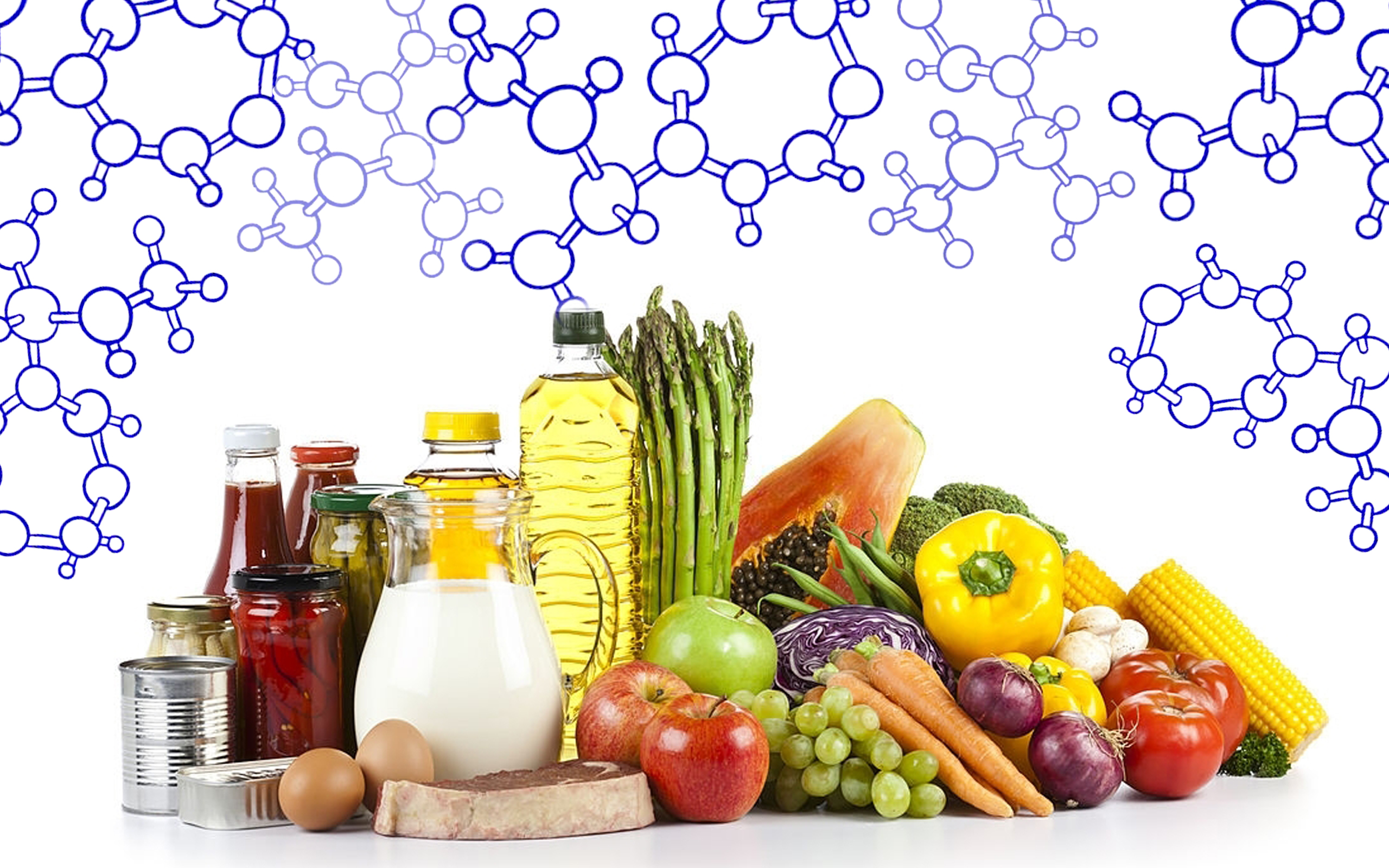Welcome to the fascinating world of industrial enzymes, where tiny protein molecules significantly revolutionize the food and beverage (F&B) industry. With the global enzyme market soaring to a staggering $10.6 billion, it’s no surprise that the F&B sector holds a substantial share of over 25% in its annual turnover. This article explores some examples of industrial enzymes used in the F&B industry and discovers their importance in enhancing our favorite food and drinks.
The Marvels of Microbial Enzymes:
Enzymes are sensitive to pH, temperature, and substrate concentration. They are employed in the F&B industry for their remarkable catalytic properties. Microbial enzymes derived from microorganisms are particularly popular as they improve efficiency and reduce toxicity and by-product volumes. Microbial enzymes act on various compounds in food and beverages. This versatility allows for their application in different production processes. Microbial enzymes often demonstrate excellent stability under different processing conditions, including pH and temperature variations. This stability ensures consistent enzyme activity throughout production, resulting in reliable and reproducible outcomes.
Brewing Enzymes:
In brewed beverages, enzymes such as carbohydrases, pectinases, and cellulases play a vital role. These enzymes help reduce viscosity, prevent filter fouling, improve flavor profiles, and ensure the stability of the final product. Enzymes like proteases and hemicellulases aid in the clarification and filtration processes during brewing. By improving clarity and reducing unwanted particles, these enzymes contribute to the visual appeal of brewed beverages. Brewing enzymes offer opportunities for process optimization and cost reduction. By improving the efficiency of enzymatic reactions, breweries can reduce the time required for certain steps, increase production capacity, and save energy.
Lactase:
Ever wondered how lactose-intolerant individuals can enjoy dairy products? The secret lies in lactase, an enzyme that breaks down lactose, the sugar in milk. The dairy industry frequently utilizes lactase to produce flavored and condensed milk, making it possible for lactose-intolerant individuals to savor these delicious treats without discomfort. It enhances lactose digestibility for individuals with reduced lactase production or mild lactose intolerance. Lactose can contribute to sweetness, and its removal or reduction through lactase treatment can alter the overall taste profile of lactose-free dairy products, making them potentially more appealing to individuals who prefer a less sweet taste. Also, lactase treatment can improve texture and creaminess in certain dairy products.
Proteases:
Proteases, a class of enzymes, play a significant role in combating allergens in dairy products. By breaking down specific proteins responsible for triggering allergies, proteases help create safer dairy products for those with sensitivities. Proteases enable individuals to enjoy dairy without compromising their health or well-being. The application of proteases in dairy production has led to the development of a wider range of allergen-reduced or hypoallergenic dairy products. By effectively breaking down allergenic proteins, proteases enable the creation of specialized dairy alternatives that cater to specific dietary needs.
Industrial enzymes, the unsung heroes of the F&B industry, work tirelessly behind the scenes, enhancing our favorite food and beverages in ways we often overlook. From brewing enzymes that ensure clear and flavorful beverages to lactase enabling the enjoyment of dairy products for the lactose-intolerant, these enzymes have revolutionized how we experience food. With ongoing research and advancements in enzyme technology, we can expect even greater contributions from these microscopic powerhouses in the future. So, the next time you sip a refreshing drink or savor a delectable treat, remember the remarkable role that industrial enzymes play in making it all possible.


